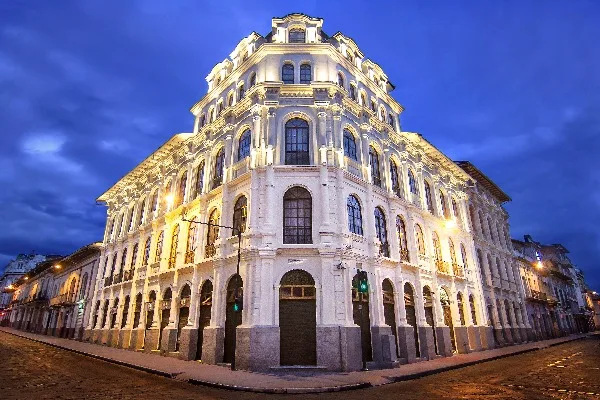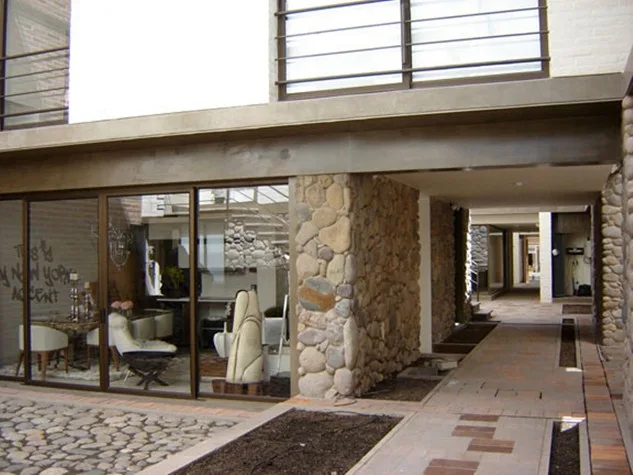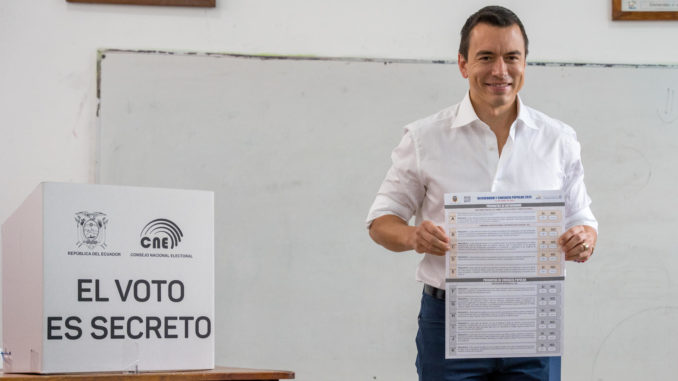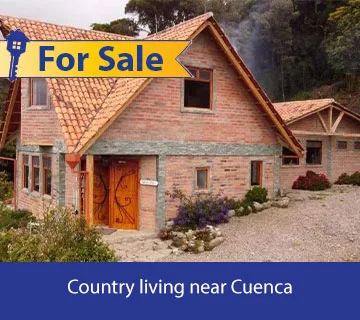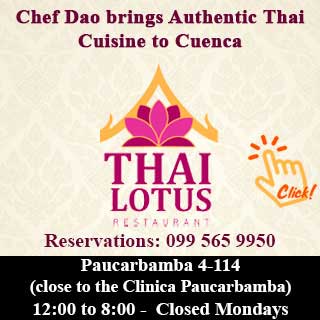U.S. professionals offer ideas to revitalize the cultural heritage of Oña and boost area tourism
A group of fifteen professionals from the U.S. visited the community of San Felipe de Oña and the surrounding area November 5 to 19 to help develop ideas to restore a unique, historic neighborhood – known as Barrio de San Francisco – into a “living museum.”
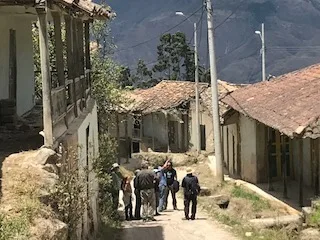
The group in Barrio de San Francisco, Oña.
The living museum would consist of homes and businesses, currently in various states of disrepair, restored to their condition of 150 to 200 years ago. Volunteers and residents would then be dressed in period clothes and demonstrate such skills as weaving, adobe and brick-making, and bread-making.
The restoration would include the establishment of a traditional museum in one building that would serve as a visitor center and provide an overview of the area’s history and culture.
The concept of a living museum is based on similar museums around the world including the Jamestown settlement in Virginia, Plymouth Plantation in Massachusetts, and El Rancho de las Golondrinas near Santa Fe, New Mexico, which includes a living eighteenth and nineteenth Spanish village with a hacienda, village store, schoolhouse and more with costumed workers.
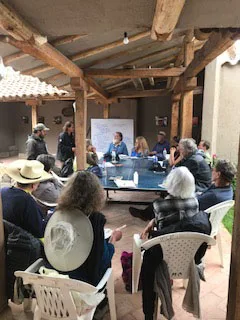
Working session at la Bella de Paris (restored building in Barrio de San Francisco, Oña).
The U.S. group consisted mostly of museum and tourism experts from New Mexico. It was led by Dr. Thomas Chávez, former director of the National Hispanic Cultural Center in Albuquerque, New Mexico, and former director of the Palace of the Governors State History Museum in Santa Fe and his wife Dr. Celia López-Chávez – a native of Argentina and Professor Emerita in the Honors College at the University of New Mexico.
Other members of the group included Dr. Stephen Machen, chairman of El Rancho de las Golondrinas Board of Directors; Christine Mather, a consultant to El Rancho de las Golondrinas, and former curator of collections at the Museum of International Folk Art in Santa Fe; Nicolasa Chávez, curator of Latino/Hispano/Spanish colonial collections at the same museum; and Hazel Romero, retired from the Palace of the Governors State History Museum in Santa Fe. Other professionals in the group come from the fields of anthropology, architecture, business, and non-profit organizations.
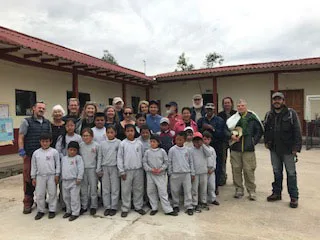
Group with students in a one-teacher rural school in the Oña Canton.
The group was invited by the Mayor of Oña, Germania Ullauri, and other local officials to help determine what could be done to increase the area’s cultural and historic visibility, bringing with it greater economic vitality. Residents of the Oña canton voiced their ideas for the restoration during two community gatherings. Ana Loja of the University of Cuenca and Adrian Aguirre of Oña’s office of tourism and culture helped organize the visit. San Felipe de Oña and its environs consist of about 2,500 people and is located near the Pan-American Highway as well as the ancient Inca and pre-Inca (Cañari) Trail that connects Ecuador to Perú.
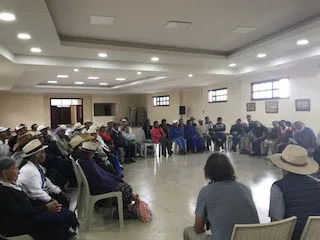
Community meeting in Oña’s City Hall.
Esteban Morales Cabrera, one of Francisco Pizarro’s captains, founded Oña in 1540. The original site of the town currently consists of dirt and cobblestones roads, a series of adobe buildings in various states of disrepair, and a running acequia. Many tourists who visit Ecuador as well as expats who live in the country are not familiar with the historical and cultural richness of the town and canton, including the 18th century colonial church of Susudel.
“We, in New Mexico, have been down the tourism road and know the pitfalls and advantages,” said Tom Chávez. “We view Oña’s invitation as a privilege. Our experience, combined with their strong desire to preserve such a rich history and culture, will benefit their community in terms of jobs and knowledge, and the preservation of a fascinating people and region.”
The group is drafting a report in English and Spanish that will be provided to Oña and the University of Cuenca, whose School of Architecture has already worked on a restoration project led by Architect Fausto Cardoso. The report will provide recommendations on how to bolster the town’s cultural and historic visibility as well as tourism benefits the project can offer.








